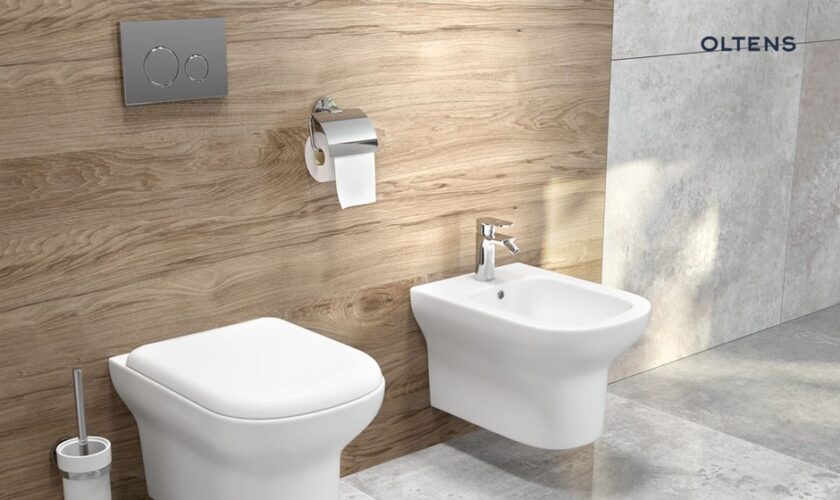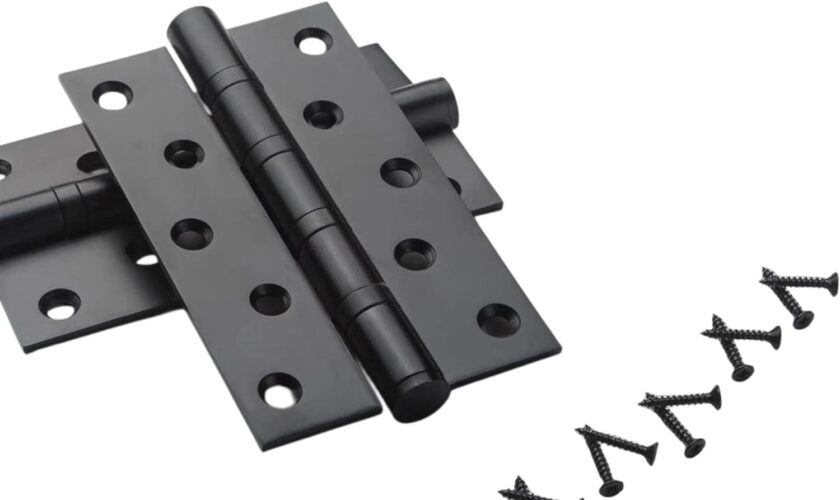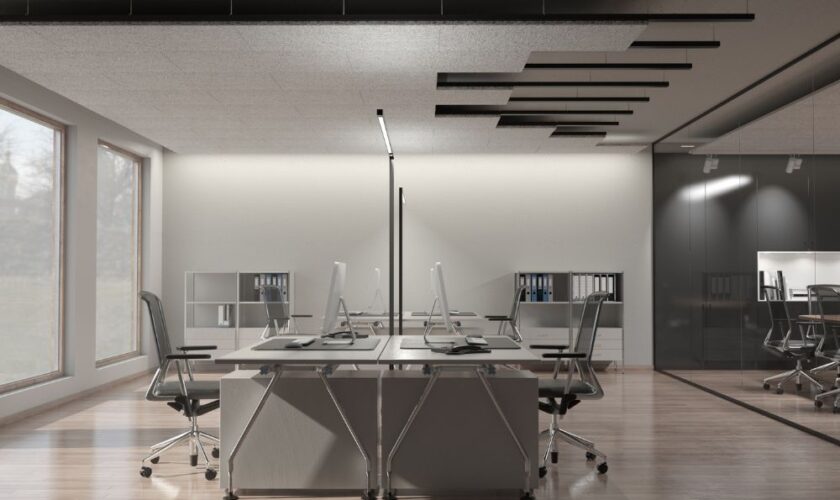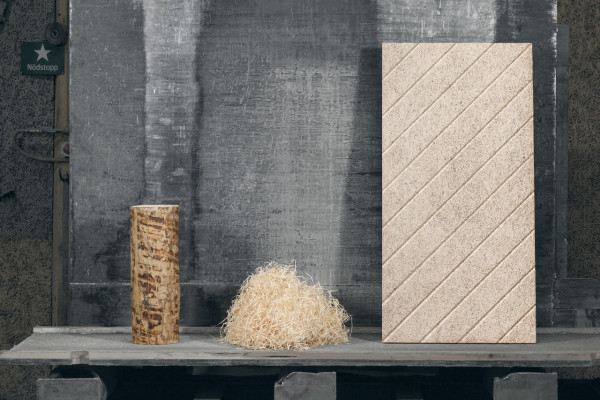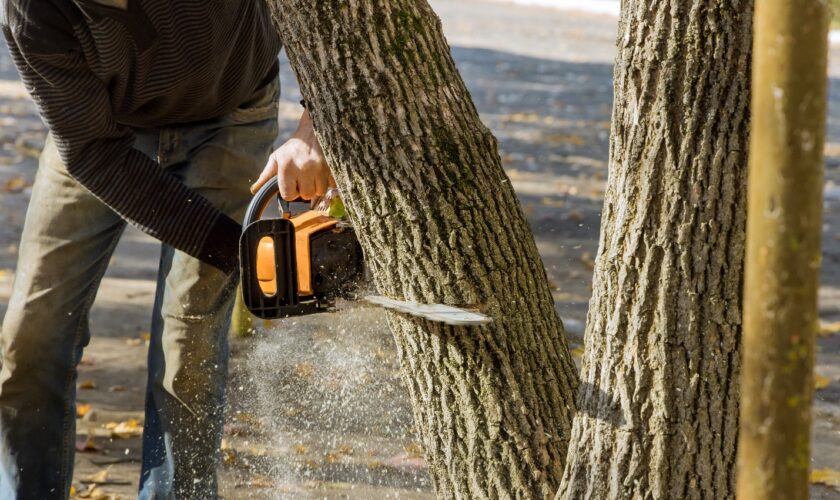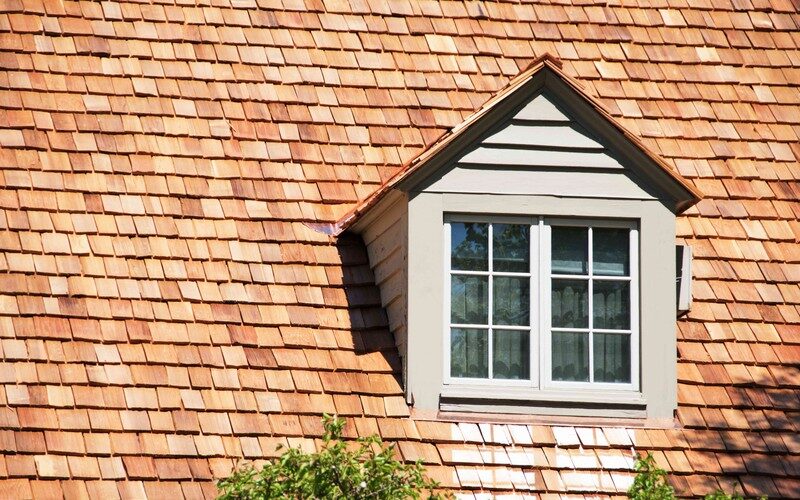Bidets are becoming increasingly popular for their eco-friendly and hygienic benefits, but choosing the right one can be tricky. Whether you’re looking to save on toilet paper, enhance your personal hygiene, or upgrade your bathroom, a bidet can be a fantastic investment. Here is everything to know – from the types of bidets to installation tips so you can make an informed decision.
Key features to consider when buying a bidet
When choosing a bidet, consider features such as water temperature control, adjustable nozzle positions, and pressure settings. These elements contribute to a customized and comfortable experience, allowing you to find the perfect settings for your needs. Heated water can be especially comforting in colder climates or for those with sensitive skin.
Some bidets also come with advanced features like air dryers, deodorizers, and remote controls. While these additions may increase the price, they offer added convenience and luxury. Evaluate which features matter most to you, so you can choose a bidet that fits your lifestyle and budget.
Which bidet is perfect for who?
Choosing the right bidet depends on your lifestyle and bathroom setup. If you have limited space, a bidet attachment might be the best option, as it doesn’t require additional room or plumbing work. For those wondering which bidet to buy, consider the level of convenience you desire.
Bidet toilet seats are ideal for those who want advanced features without renovating their bathroom. Standalone bidets are perfect for those who have the luxury of extra space and want a traditional European experience. These fixtures are best suited for homes with larger bathrooms or those undergoing major renovations. Each type of bidet provides a different level of comfort and functionality, making it essential to choose one that suits your bathroom layout and personal preferences.
Benefits of using a bidet
Bidets offer numerous benefits beyond just enhanced hygiene. One major advantage is the reduction in toilet paper usage, which can significantly lower household expenses and environmental impact. A bidet can also help reduce skin irritation and provide a gentler cleansing experience compared to wiping with paper.
Additionally, bidets can be beneficial for individuals with mobility issues or certain medical conditions. Using a bidet can make personal hygiene easier and more accessible, improving overall comfort and cleanliness. With these benefits in mind, it’s no wonder more people are choosing to invest in bidets.
Installation tips and considerations
Installing a bidet can vary in complexity depending on the type you choose. For standalone bidets, professional installation may be required due to plumbing and space requirements. Bidet attachments and bidet toilet seats, however, are generally easier to install and often come with DIY-friendly instructions.
When installing a bidet, make sure to follow the manufacturer’s guidelines closely. Ensure your bathroom has the necessary water connections and space for the bidet model you choose.
How to maintain your bidet
Keeping your bidet clean is crucial for optimal hygiene and longevity. Regular cleaning prevents the build-up of bacteria and keeps your bidet functioning well. For standalone and bidet toilet seats, wiping down the surfaces with a gentle cleaner after each use can help maintain cleanliness.
Most bidet attachments come with self-cleaning nozzles, which make maintenance easier. Even with this feature, it’s wise to deep-clean the unit every few weeks. A little maintenance can go a long way in ensuring your bidet remains a reliable part of your bathroom routine.
Bidet options for budget-conscious buyers
If you’re looking to save money, there are affordable bidet options that still offer quality and functionality. Basic bidet attachments are among the least expensive choices and can be found for as low as $30. These models provide the essential cleaning function without extra features.
For those wanting a bit more comfort, budget bidet toilet seats are also available. While they may not include heated water or air drying, they often have adjustable water pressure and nozzle settings. With a bit of research, it’s possible to find a cost-effective bidet that meets your needs without breaking the bank.
Finally
Investing in a bidet is a decision that brings numerous benefits, from improved hygiene to reduced environmental impact. With different types of bidets and their features, you can easily find the perfect model for your bathroom. Although making the switch may take some adjustment, the comfort and convenience are well worth it.
